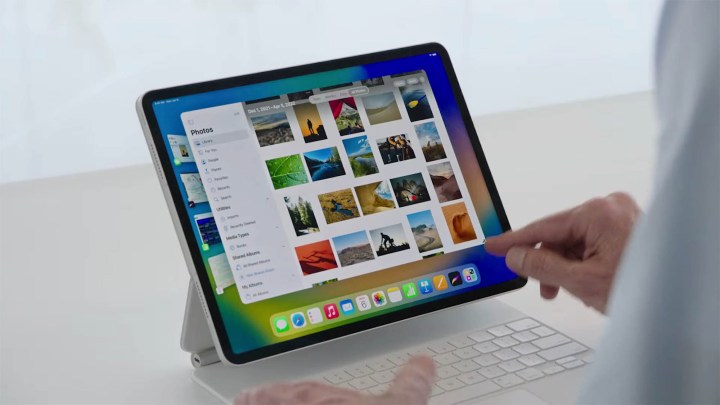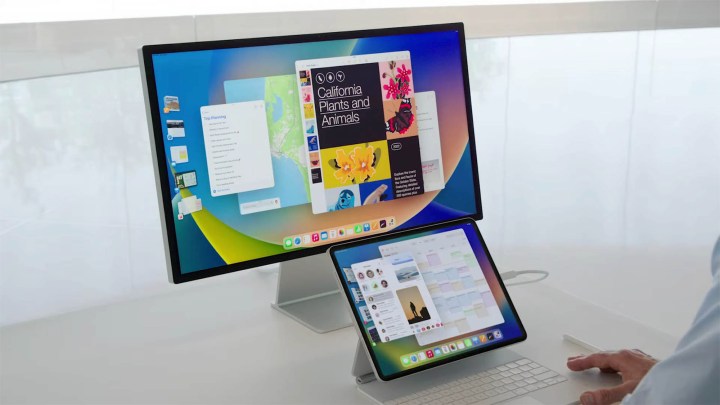Apple has added support for multiple windows and external displays to iPadOS at its Worldwide Developers Conference (WWDC), bringing the iPad closer to the Mac than at any other point in its history. For many people, it could be the final push to abandon their laptop or desktop computer for good.
The key to this near-revolutionary change is a feature Apple calls Stage Manager, coming in iPadOS 16. When you open Stage Manager, your main open window is shown at the center of your display. On the left-hand side is a list of your other open apps, with multiple windows of the same app grouped together. You can tap an app in the sidebar to bring it to the front.

But what makes this so momentous on the iPad is the window-management features it enables. You can group multiple apps together, meaning that for the first time, iPad users will be able to have multiple windows open and overlapping at once.
You can then move and reposition each window as you like, just as you would on a Mac or PC. And the feature goes further, allowing you to resize each window as required.
Previously, iPadOS has only allowed somewhat rudimentary window management. Sure, you could run two apps side by side with Split View, but they could not overlap or be resized relative to each other beyond the most basic of concessions.
External display support

What’s more, Apple also debuted full external display support for Stage Manager on iPadOS. Connect a secondary monitor and Stage Manager will show open windows across the two devices. You can move a group of apps from your iPad to your external display and back again, making window management much more efficient.
In total, Apple explained you can run up to eight apps at once across an external display and an iPad, and these can be connected into groups of up to four apps.
WWDC has brought a slate of new features, with updates to Apple’s operating systems alongside M2-enabled MacBook Air and MacBook Pro laptops. And with Stage Manager and external display support, Apple fans might find they can pass on the laptops and just stick to their iPads.




